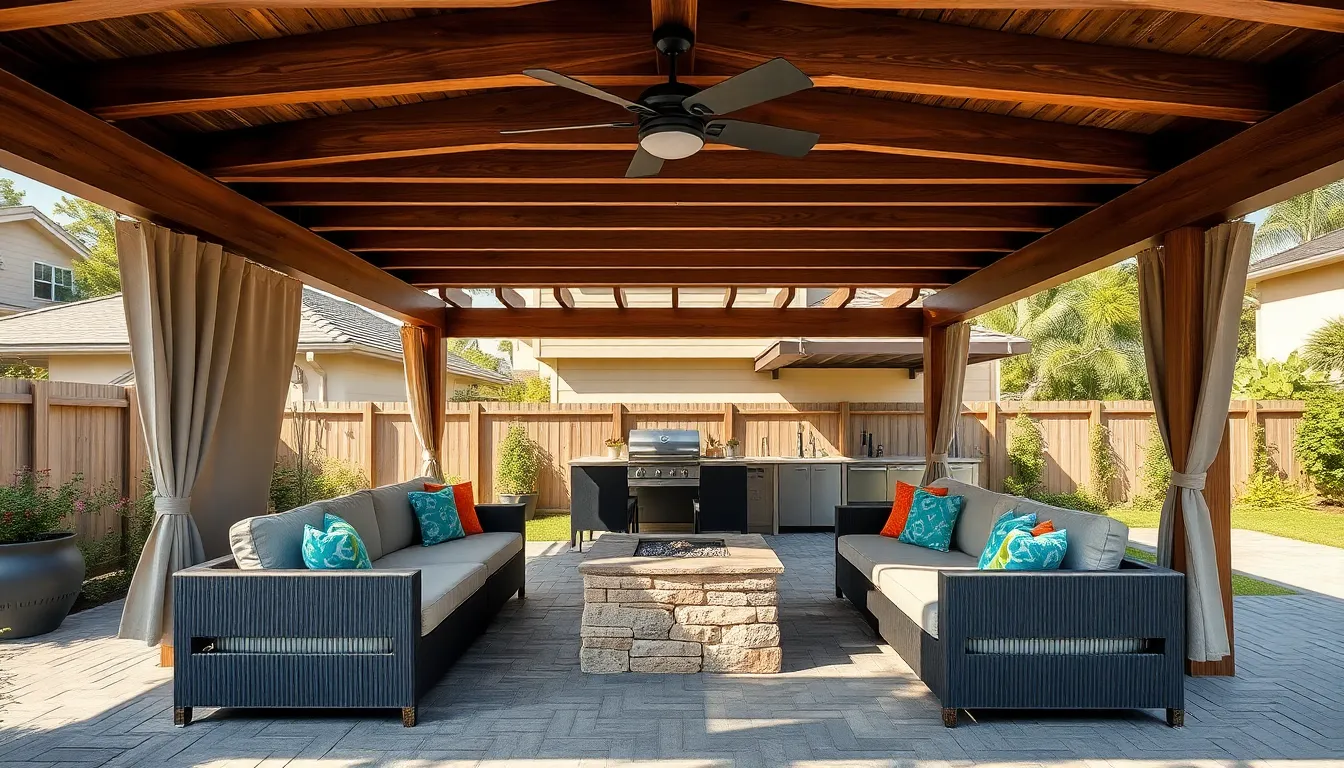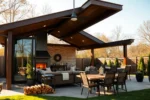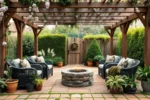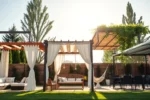Creating the perfect backyard shelter transforms your outdoor space into a cozy retreat where comfort meets style. Whether you’re just starting to explore outdoor living or refining an existing setup, thoughtful features can elevate your shelter from ordinary to truly inviting.
In this article, you’ll discover 10 essential elements that enhance functionality, weather protection, and ambiance. From smart lighting choices to clever storage solutions, these practical tips will help you design a backyard shelter that fits your lifestyle and brings lasting enjoyment.
Choosing Durable, Weatherproof Materials
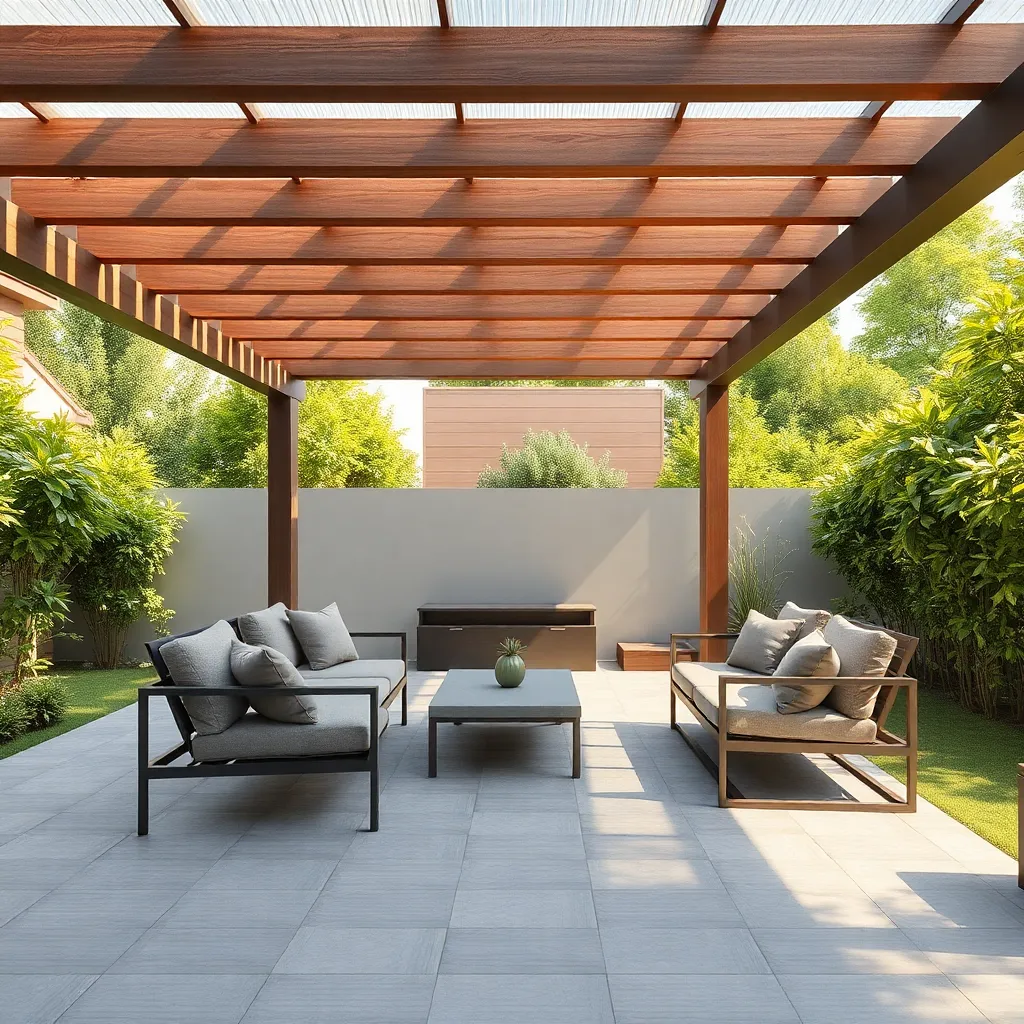
When selecting materials for your backyard shelter, prioritize weather-resistant options such as pressure-treated wood, cedar, or composite decking. These materials naturally withstand moisture, rot, and insect damage, extending the life of your structure. For roofing, consider metal panels or high-quality asphalt shingles paired with a proper underlayment to ensure durability against wind and rain.
To enhance longevity, incorporate design features like slightly sloped roofs with adequate overhangs to direct water away from structural elements. Additionally, seal all exposed wood with a marine-grade finish and use stainless steel or galvanized fasteners to prevent rust. For advanced protection, installing UV-resistant coatings can help materials maintain their appearance and strength over time.
Designing Effective Ventilation Systems
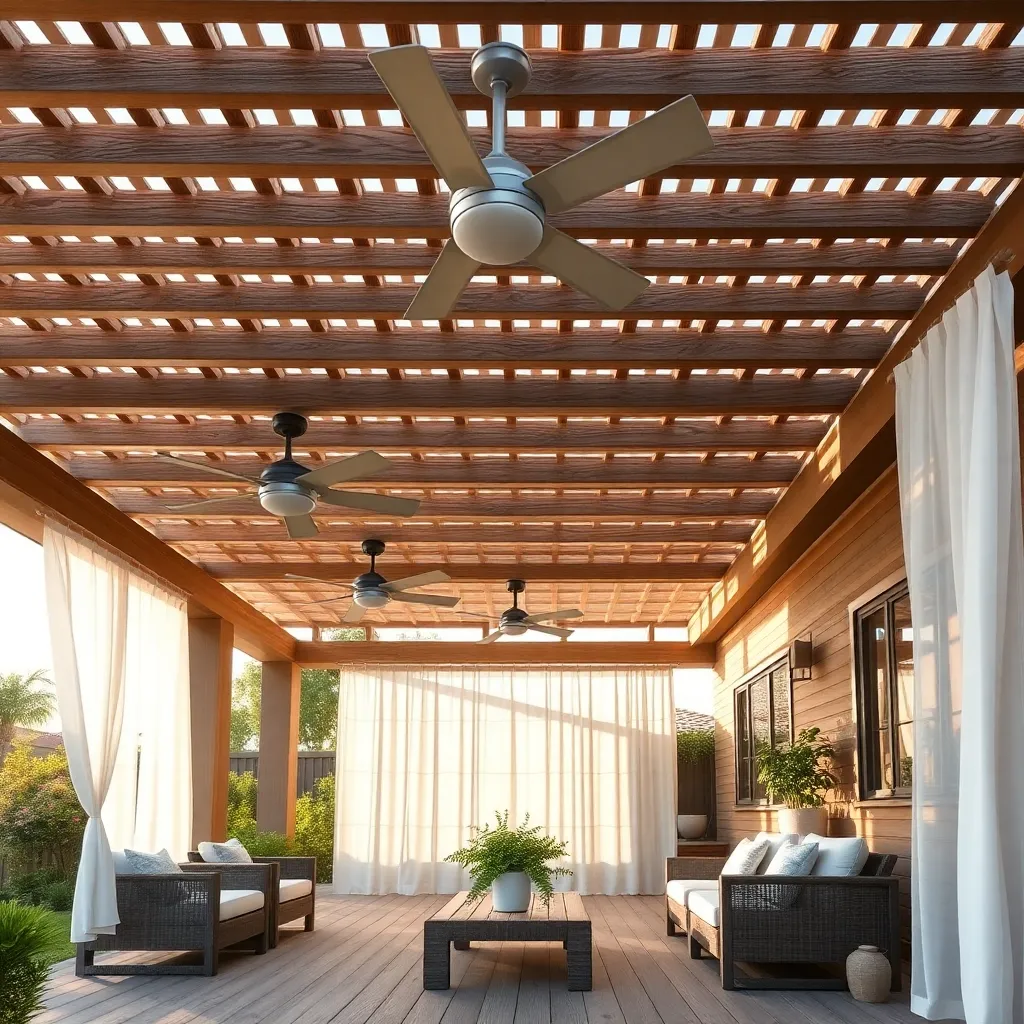
Proper ventilation is essential for maintaining a comfortable and healthy environment inside your backyard shelter. Incorporate adjustable vents or louvered panels near the roofline to promote airflow while keeping out rain and pests. For effective cross-ventilation, position intake vents low on opposite walls and exhaust vents higher up to encourage natural air circulation.
To enhance ventilation further, consider using mesh screens or operable windows made from durable, weather-resistant materials like aluminum or vinyl. Advanced options include installing small solar-powered fans to boost airflow on hot days. Remember, ensuring your shelter breathes well prevents moisture buildup and extends the life of your materials.
Incorporating Comfortable Seating Options
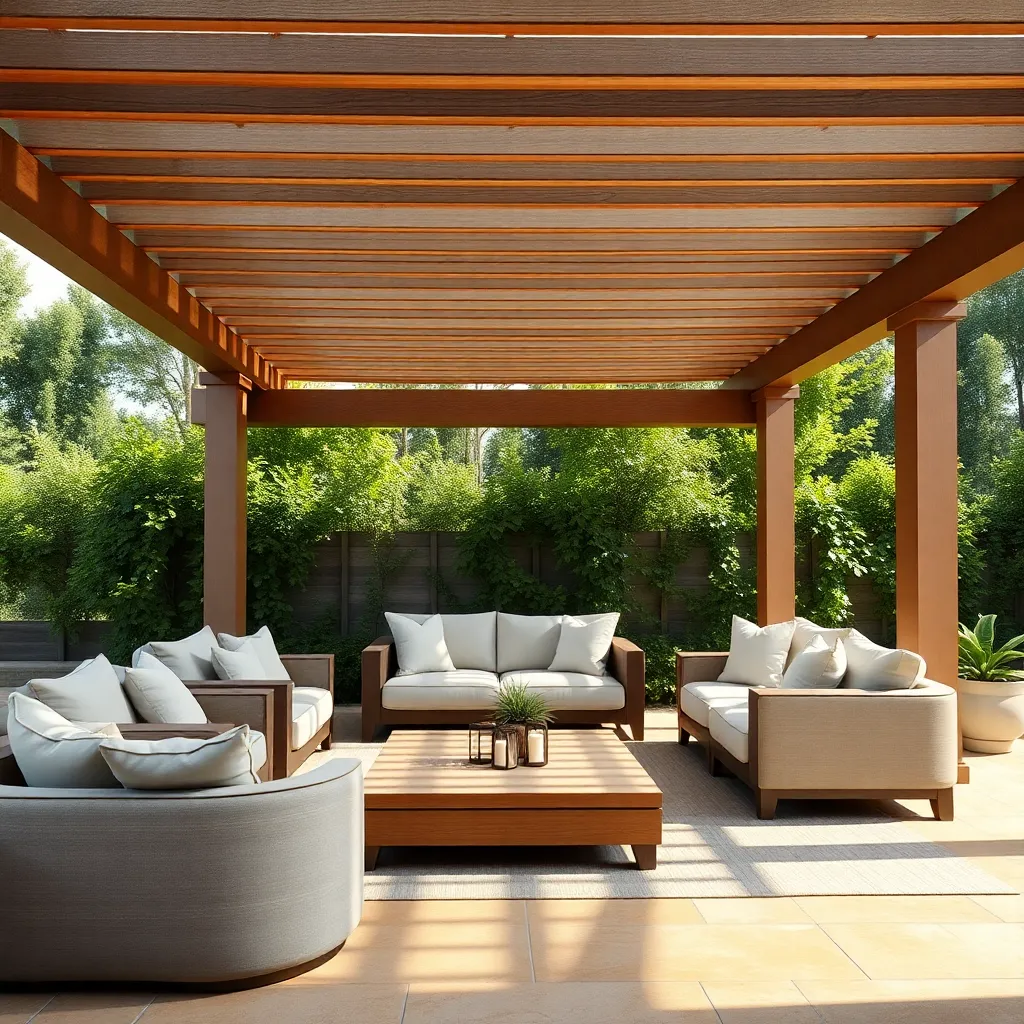
Creating a welcoming outdoor shelter starts with choosing comfortable seating that suits your space and style. Opt for weather-resistant materials like teak, aluminum, or synthetic wicker, which offer durability and low maintenance. Consider seat dimensions around 18-20 inches in height and 20-24 inches deep for optimal comfort, and add cushions made from quick-dry, UV-resistant fabrics to enhance coziness without sacrificing weather resistance.
To elevate your shelter, incorporate versatile seating options such as modular benches or foldable chairs that can be easily rearranged or stored. For advanced comfort, integrate built-in seating with storage underneath, using treated wood or composite decking for longevity. Don’t forget to add shade elements like retractable awnings or pergola-mounted curtains to keep seating areas cool and inviting during sunny days.
Installing Reliable Lighting Solutions
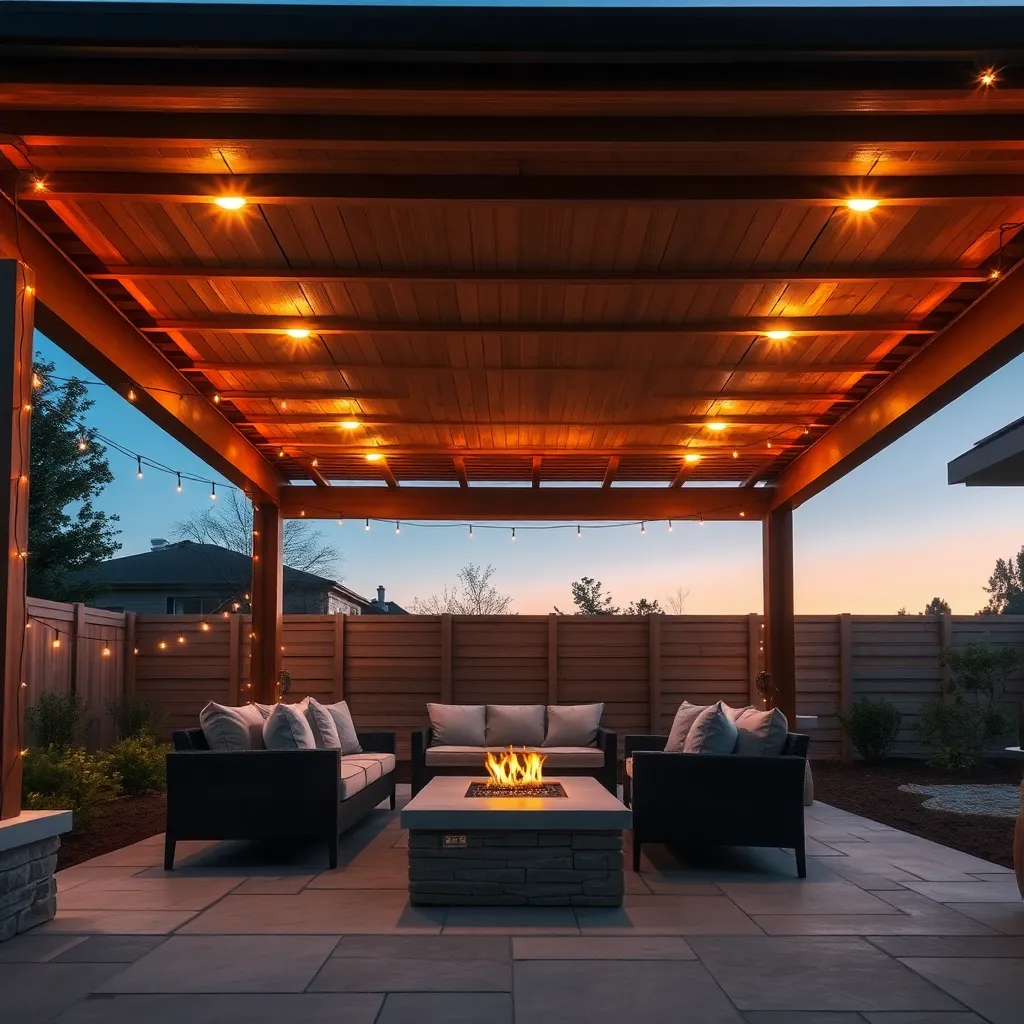
Lighting your backyard shelter effectively starts with choosing weather-resistant fixtures like LED string lights, solar-powered lanterns, or waterproof recessed lights. For a sturdy setup, use low-voltage wiring with outdoor-rated cables and ensure all connections have proper waterproof housings to avoid electrical hazards. Position lights strategically around the shelter’s perimeter and ceiling to create even illumination without harsh shadows.
For an advanced touch, consider installing dimmable lights with a remote or smart control system to adjust brightness based on activity or time of day. Adding motion sensors or timers can enhance energy efficiency by turning lights on only when needed. Don’t forget to blend aesthetics and function by choosing fixtures that complement your shelter’s design, such as rustic lanterns for wood structures or sleek metal sconces for modern styles.
Ensuring Ample Storage Space
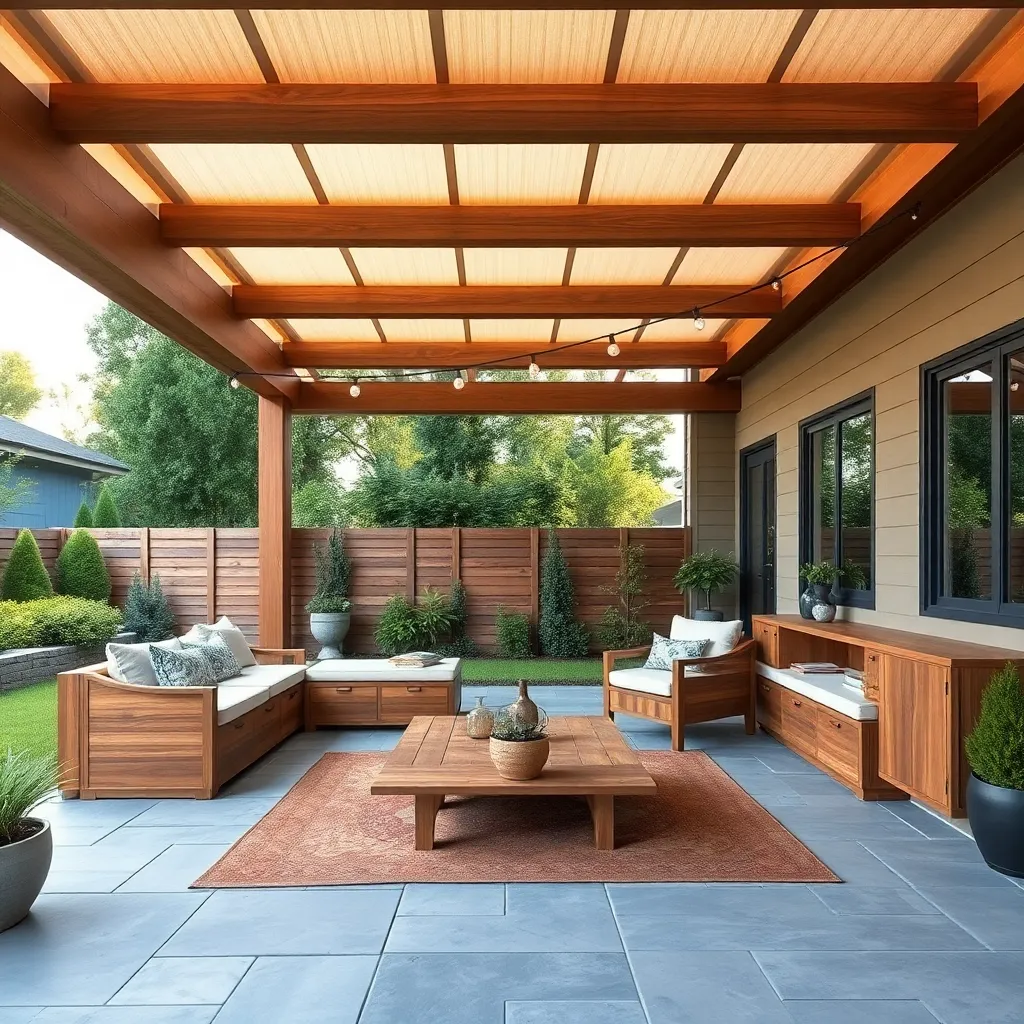
Adding Functional Shade Elements
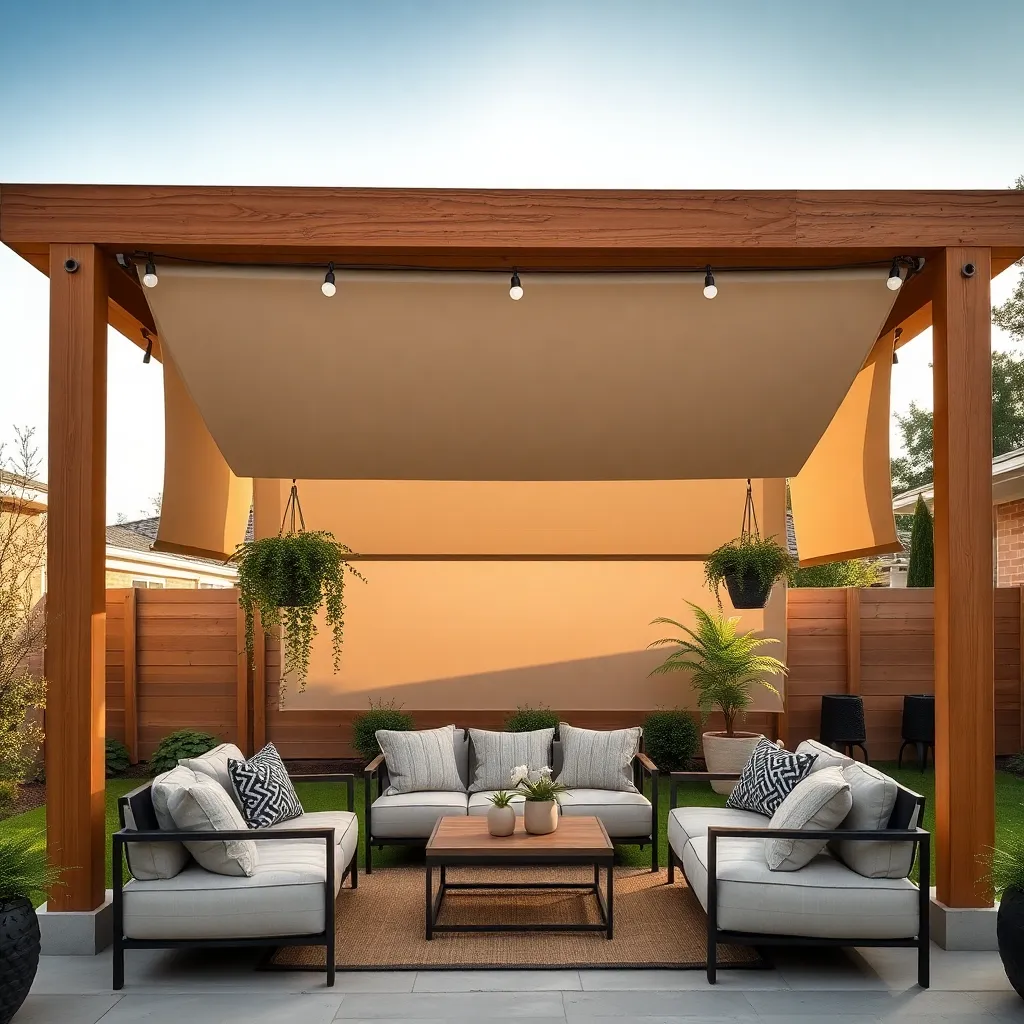
Incorporating functional shade elements into your backyard shelter enhances comfort and usability throughout the day. Consider installing adjustable options like retractable awnings or pergolas with removable canopies made from durable, weather-resistant fabrics such as solution-dyed acrylic. For a natural touch, bamboo or wooden slats spaced 2-4 inches apart can provide filtered sunlight while maintaining airflow, ideal for warmer climates.
To maximize shade efficiency, position these elements on the shelter’s south or west-facing sides where sun exposure is strongest. Adding climbing plants like wisteria or grapevines on trellises can further cool your space naturally and add seasonal interest. For advanced use, integrate motorized shade screens controlled by timers or sensors to automatically adjust coverage based on sunlight intensity, combining convenience with energy efficiency.
Integrating Electrical Outlets Safely
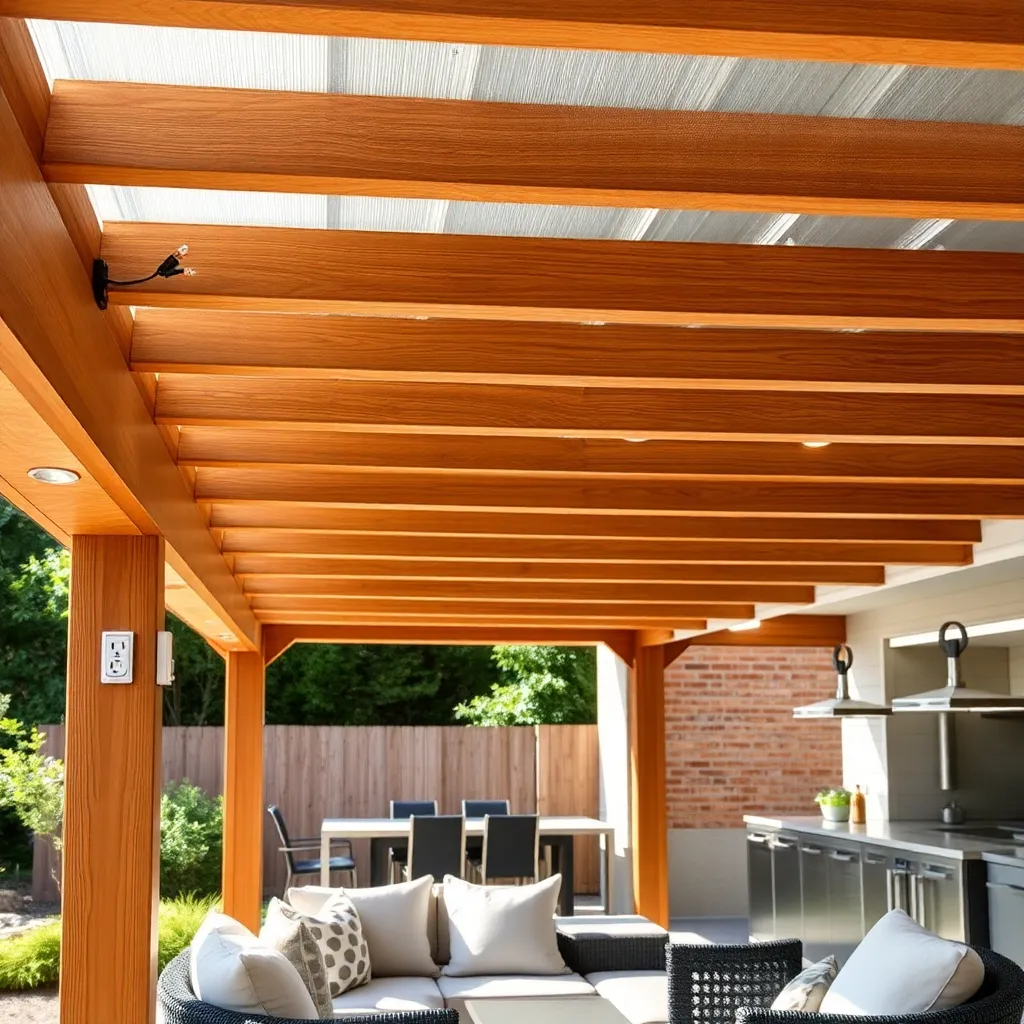
When integrating electrical outlets into your outdoor shelter, choose weather-resistant, outdoor-rated outlets and covers designed to withstand moisture and dust. Install GFCI (Ground Fault Circuit Interrupter) outlets to enhance safety, especially in wet conditions. Position outlets at convenient heights—around 18 to 24 inches from the floor—and consider placing them near seating or cooking areas for easy access.
For advanced safety and convenience, use conduit piping or surface-mount raceways to protect wiring from physical damage and exposure. Always hire a licensed electrician to ensure compliance with local codes and proper grounding. Adding smart outdoor outlets with timers or remote control can further enhance your shelter’s functionality, making your backyard space both safe and tech-savvy.
Selecting Easy-to-Maintain Flooring
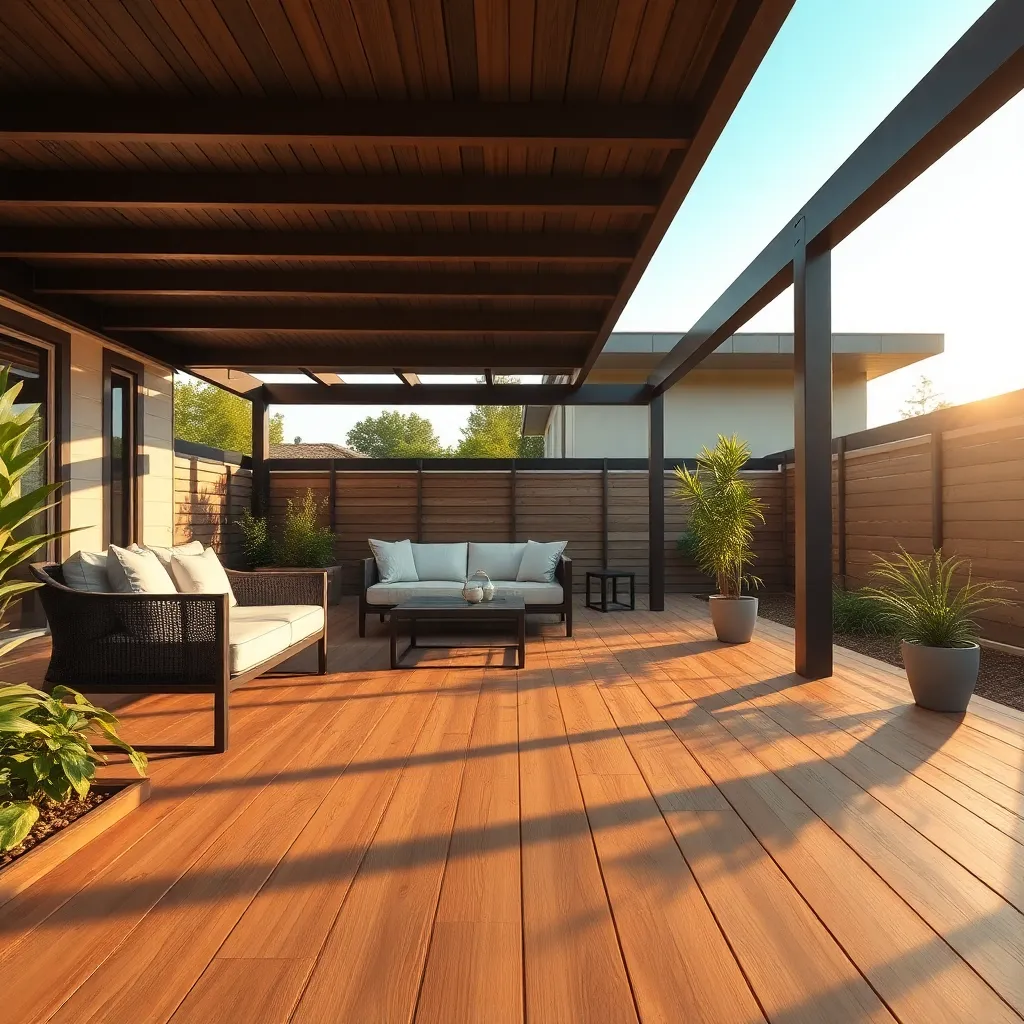
Choosing easy-to-maintain flooring for your backyard shelter is essential to keep the space inviting without constant upkeep. Durable options like sealed concrete, composite decking, or porcelain tile offer excellent weather resistance and simple cleaning routines, making them ideal for both beginners and seasoned DIYers. For added longevity, ensure your flooring has a slight slope for proper drainage, preventing water pooling and damage over time.
To further simplify maintenance, consider incorporating design elements such as removable floor mats or modular decking tiles that allow for quick cleaning and easy replacement of worn sections. For advanced users, applying a high-quality sealant or protective coating tailored to your chosen material can dramatically extend the flooring’s life while preserving its appearance and minimizing staining.
Planning for Privacy and Security
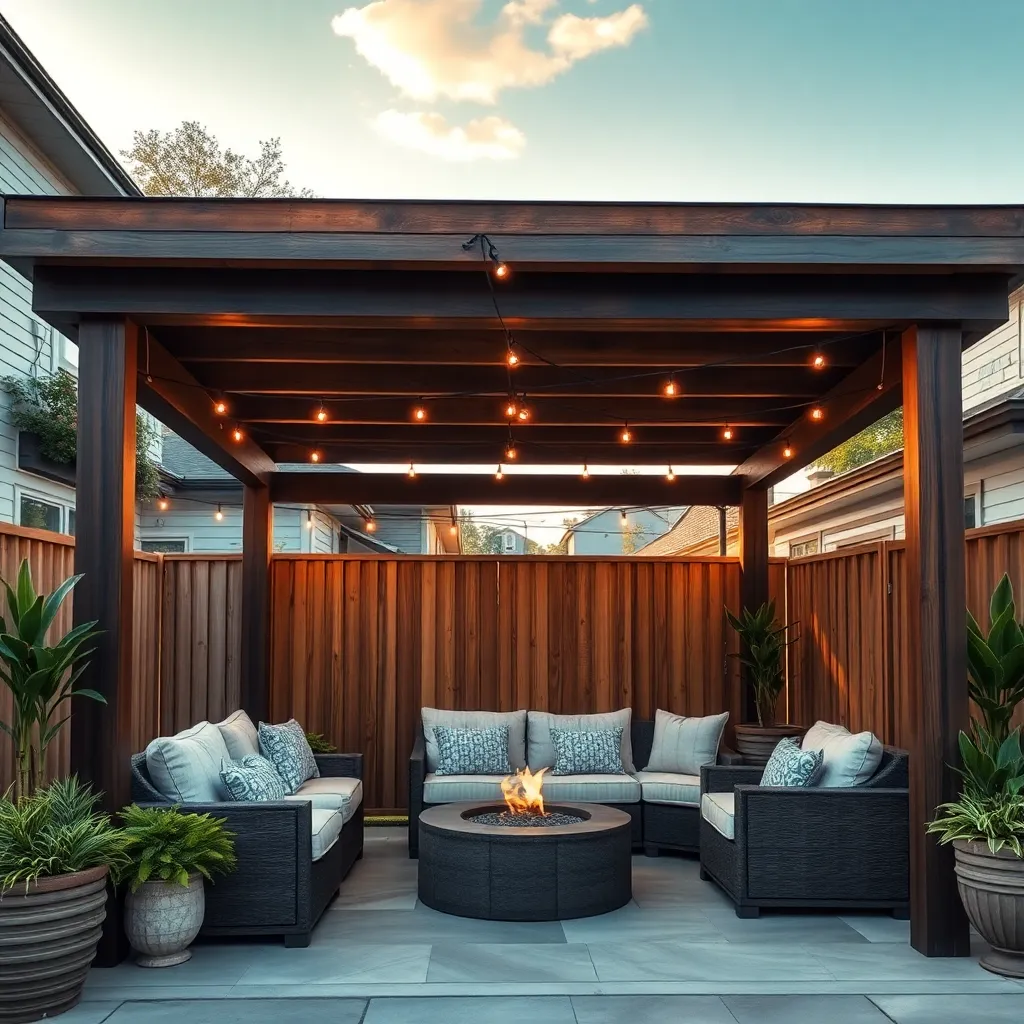
Creating a sense of privacy starts with using natural barriers like tall hedges, bamboo screens, or lattice panels with climbing plants. For enhanced security, consider integrating lockable doors and windows made from sturdy materials such as treated wood or metal, ensuring your shelter remains both inviting and safe. Positioning your shelter away from public view and close to your home’s main entrance can also deter unwanted access.
To further secure your outdoor shelter, installing motion-sensor lighting and discreet surveillance cameras can be highly effective without compromising aesthetics. Additionally, using durable hardware and reinforcing corners with metal brackets will strengthen the structure against forced entry or harsh weather. These practical steps help maintain peace of mind while enjoying your backyard retreat.
Enhancing Ambiance with Decorative Features
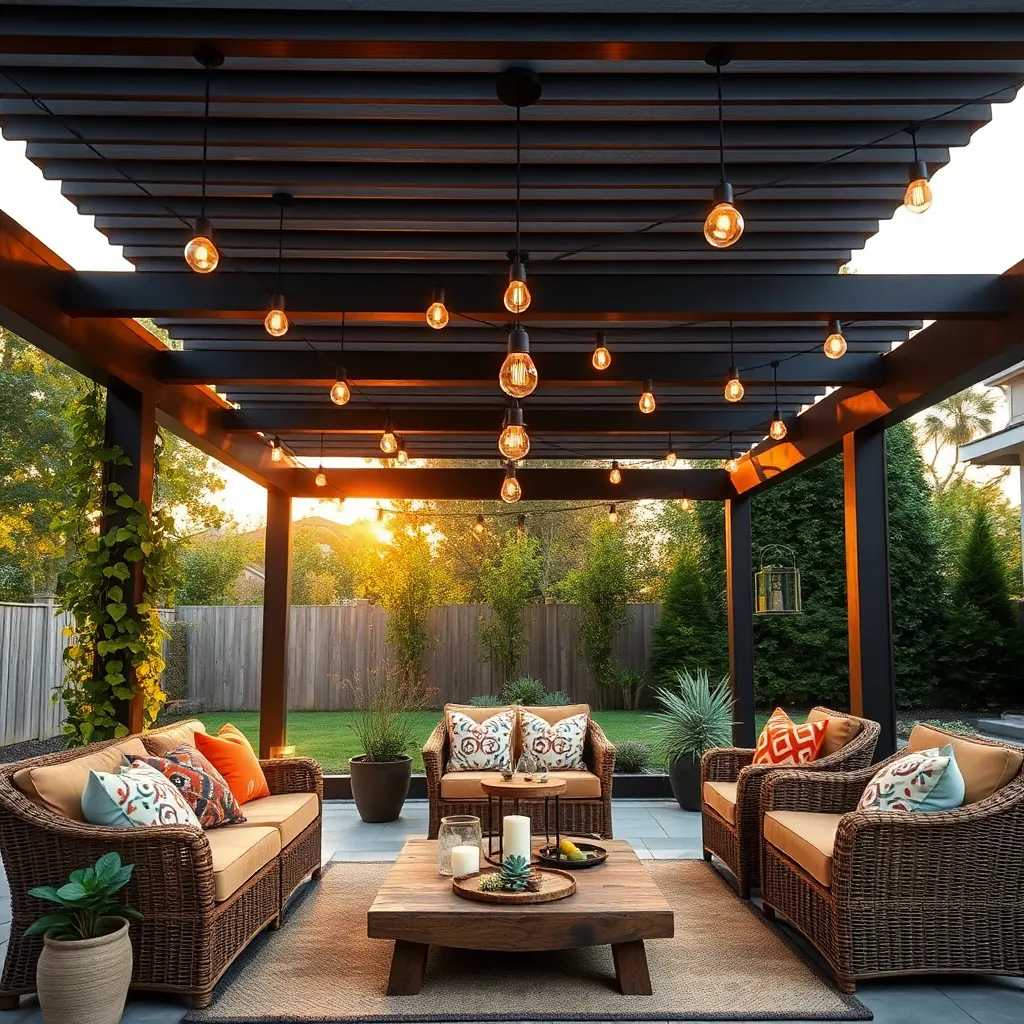
Adding decorative lighting such as string lights, lanterns, or solar-powered LED fixtures can instantly uplift your outdoor shelter’s ambiance. Use weather-resistant materials like stainless steel or powder-coated aluminum for durability, and consider dimmable options to create a warm, inviting glow throughout the evening. For pergolas or gazebos, draping lights along beams or integrating lantern hooks ensures balanced illumination without clutter.
Incorporate natural elements and textures like climbing plants, hanging planters, or wooden lattice panels to enhance the shelter’s aesthetic appeal while blending with your backyard environment. Advanced gardeners can install vertical gardens or use trellises with fast-growing vines to add lush greenery and privacy simultaneously. Choose rot-resistant woods such as cedar or teak for structural accents, ensuring both beauty and longevity in your design.
Conclusion: Creating Beautiful Outdoor Spaces
Creating the perfect backyard shelter isn’t just about structures—it’s about building a space that nurtures connection, comfort, and shared memories. From thoughtful seating arrangements and weather protection to lighting, privacy, and cozy touches, these 10 must-have features create an inviting environment where relationships can grow stronger. Now, take a moment to envision your ideal backyard retreat and jot down which features you want to add or improve first—small steps lead to big moments.
Don’t let these insights slip away—bookmark this article so you can revisit it whenever you need inspiration or guidance. Remember, a well-designed shelter is more than just a place; it’s a foundation for meaningful conversations, laughter, and lasting bonds. By investing time and care into your shared space, you’re investing in the future of your relationship. Here’s to many joyful gatherings and heartfelt connections ahead—you have everything you need to make it happen!

